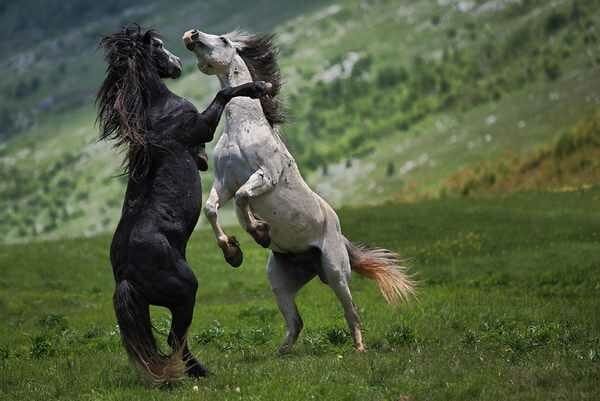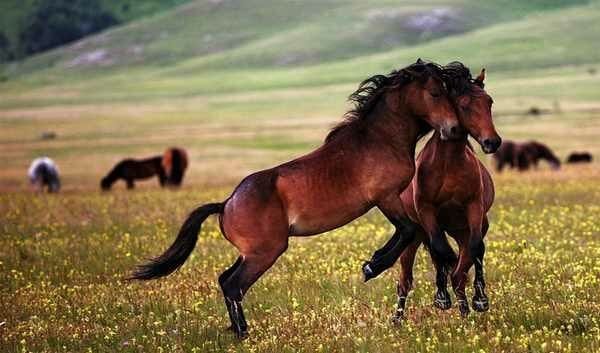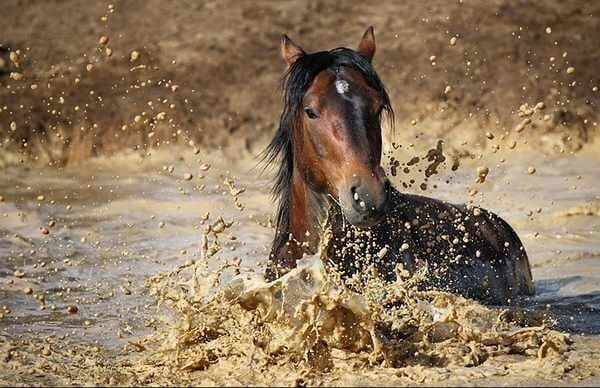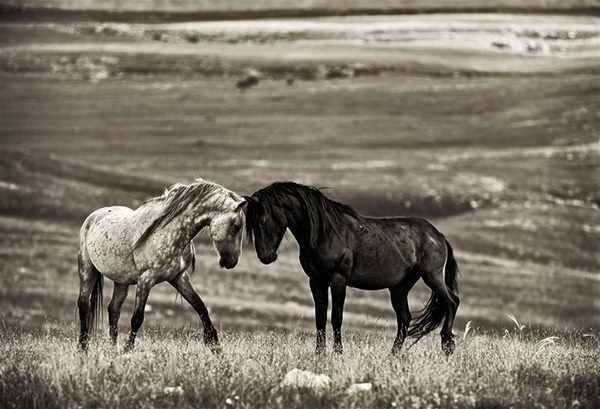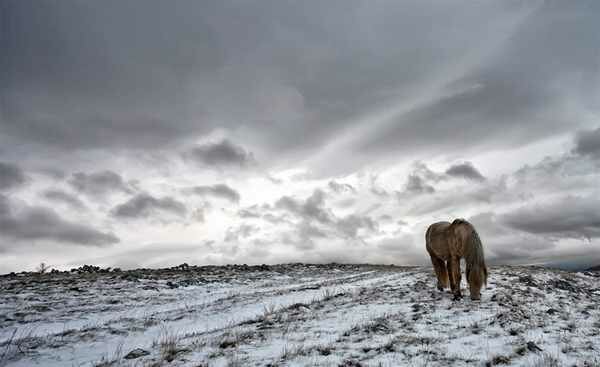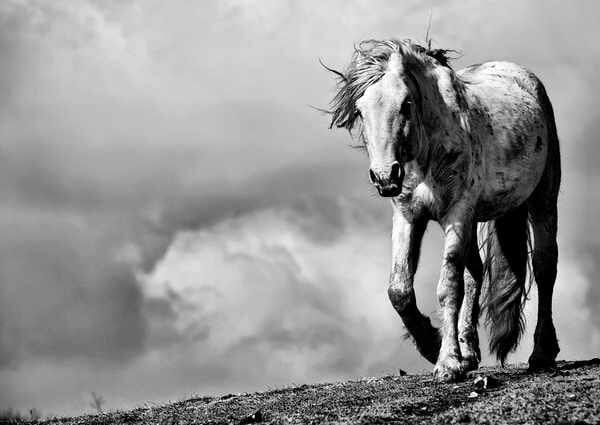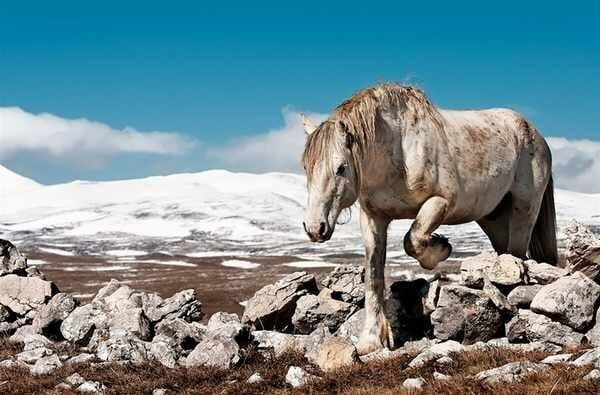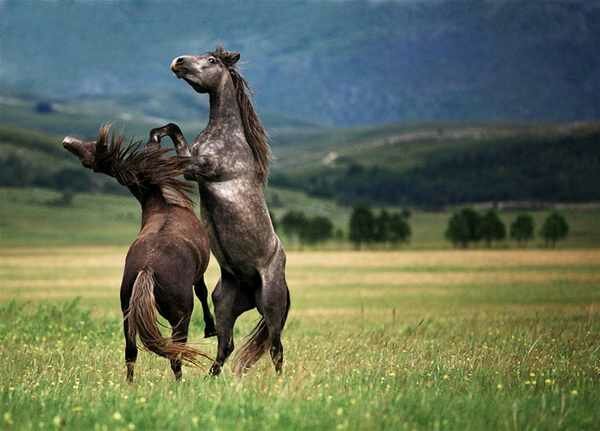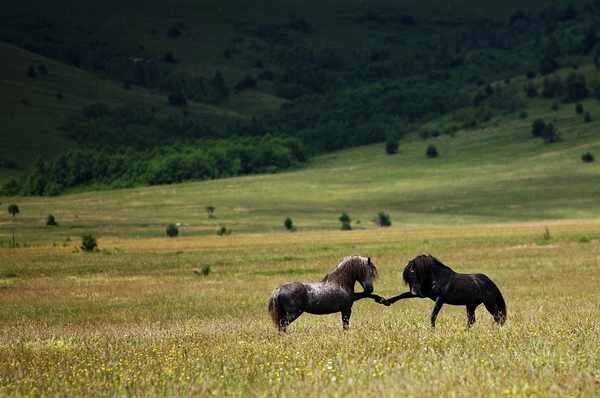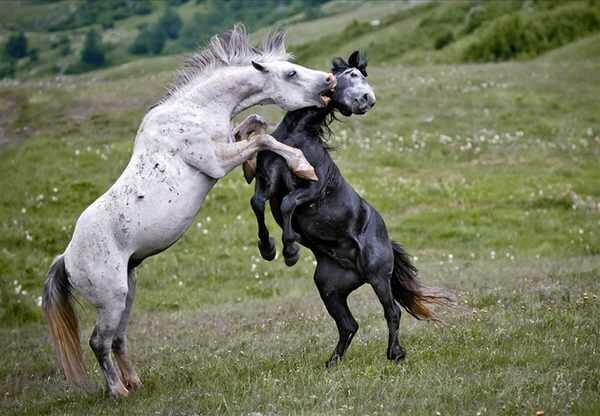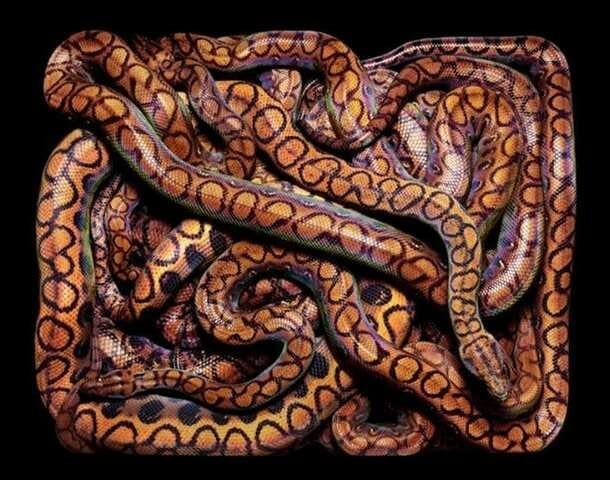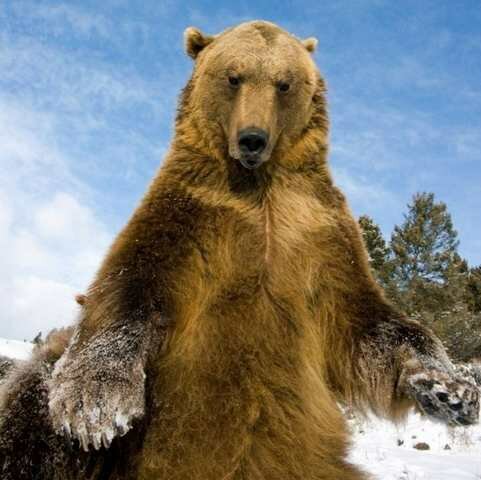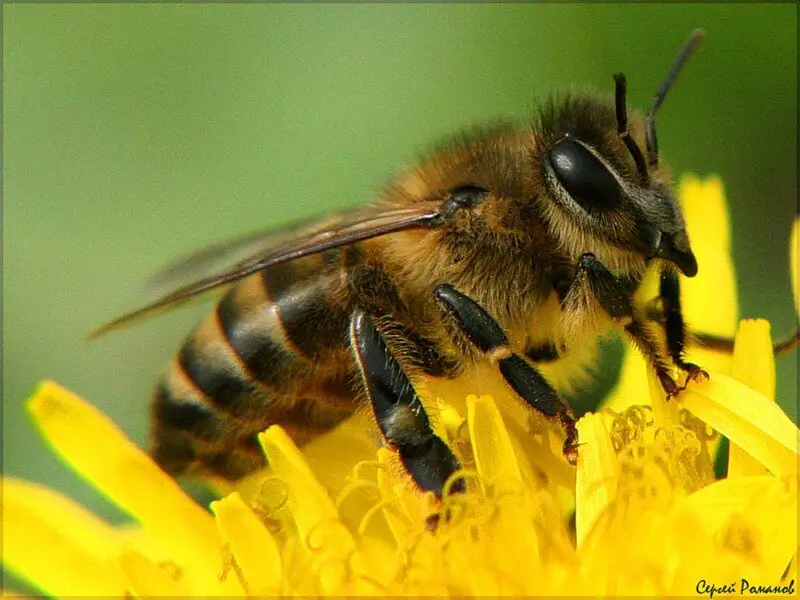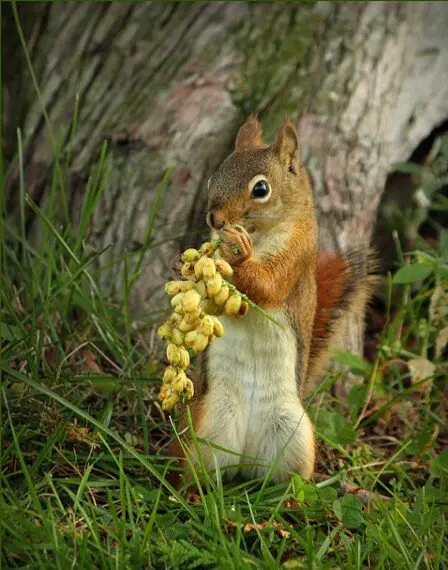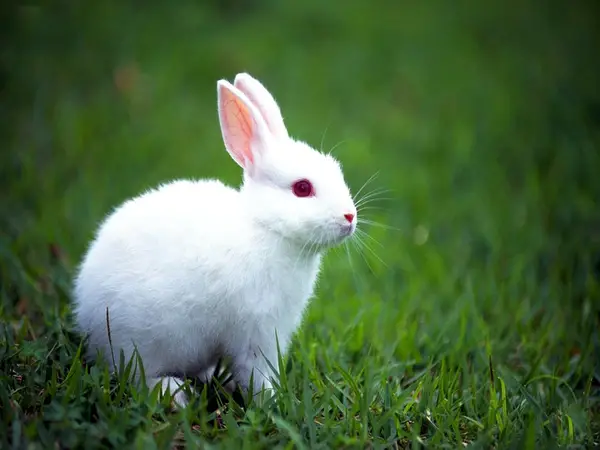The wild horse is a species of the genus Equus, which includes as subspecies the domesticated horse as well as the undomesticated Tarpan and Przewalski’s Horse. The Tarpan became extinct in the 19th century, and Przewalski’s Horse was saved from the brink of extinction and reintroduced successfully to the wild. The most likely ancestor of the domestic horse was the Tarpan, which roamed the steppes of Eurasia at the time of domestication.Since the extinction of the Tarpan, attempts have been made to reconstruct the phenotype of the Tarpan, resulting in horse breeds such as the Konik and Heck horse. However, the genetic makeup and foundation bloodstock of those breeds is substantially derived from domesticated horses, and therefore these breeds possess domesticated traits.
0 Shares
GalleryAmazing Art With Live Snakes!
- November 7, 2020
GallerySub-Zero Predators
- November 8, 2020
You May Also Like
Few Of The Bees
- PetsFoto
- November 25, 2020
- 1 minute read
Bees solve complex mathematical problems faster than computers - the conclusion made by British scientists from Royal Holloway College, part of the University of London.
Animal Breakfast In HD
- PetsFoto
- November 13, 2020
- 1 minute read
Animals are a major group of mostly multicellular, eukaryotic organisms of the kingdom Animalia or Metazoa. Their body plan eventually becomes fixed as they develop, although some undergo a process of metamorphosis later on in their life.
Animal Life All Around Us
- PetsFoto
- August 2, 2020
- 1 minute read
Animal World All around us is not just another phrase for the pure truth is that animals are still all around us and that we still continue to closely related .
My Favorite Pet Deer
- PetsFoto
- August 6, 2020
- 1 minute read
The reindeer is a deer from the Arctic and Subarctic, including both resident and migratory populations.
Sub-Zero Predators
- PetsFoto
- November 8, 2020
- 1 minute read
Predators, the diet is ranked by natural scientists were free to be said one of the most successful creatures on the planet.
Most Beautiful Rabbit Breeds
- PetsFoto
- November 24, 2020
- 1 minute read
Pet rabbits kept indoors are referred to as house rabbits. House rabbits typically have an indoor pen or cage and a rabbit-safe place to run and exercise, such as an exercise pen, living room or family room.
